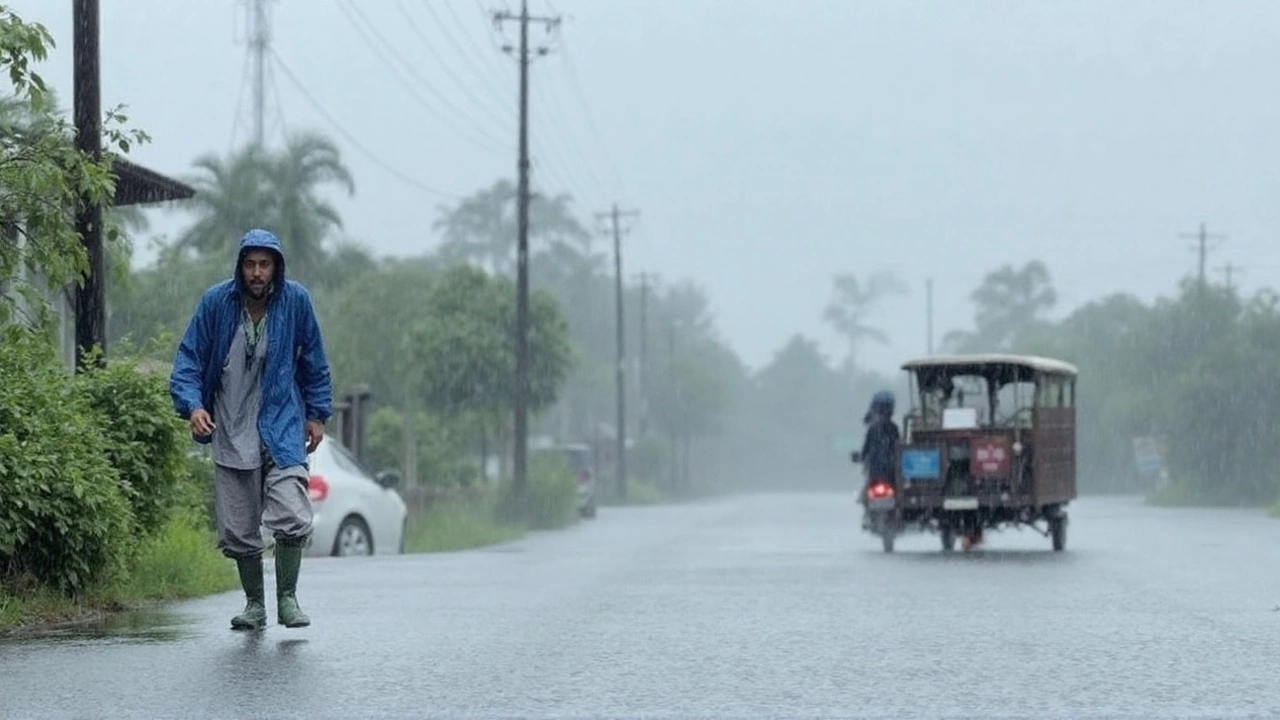AI forecasting in sports performance
When you hear AI forecasting, the use of artificial intelligence to predict future outcomes in sports and training. Also known as predictive AI, it helps athletes and coaches turn raw data into actionable insights. In simple terms, AI forecasting looks at past performance numbers, injury records, and even weather patterns, then runs them through sophisticated models to guess what will happen next. Imagine a system that tells you a midfielder’s fatigue level will spike in the next ten minutes – that’s AI forecasting at work. It’s not magic; it’s a blend of math, computing power, and sport‑specific knowledge.
Key tools that power AI forecasting
Any decent AI forecasting setup leans on Machine Learning, algorithms that automatically improve by learning from data. These algorithms digest massive streams of sports performance data, metrics like speed, heart rate, and load measured during training and competition. When you combine that with Predictive Analytics, statistical techniques that forecast future events based on historical patterns, the result is a system that can anticipate injuries, suggest optimal line‑ups, or even recommend daily nutrition tweaks. All of this feeds directly into a coaching strategy, the plan a coach uses to train, motivate, and compete. In short, AI forecasting requires machine learning, thrives on performance data, and shapes coaching strategy through predictive analytics.
What does this look like on the ground? A rugby club might plug player GPS logs into a machine‑learning model that flags anyone at risk of a hamstring strain. A football analyst could run predictive analytics on opponent scoring trends to decide whether to press high or sit back. Even individual athletes use AI forecasting apps that tell them when to push harder or back off based on their sleep quality and recent load. The common thread is that each decision stems from a data‑driven prediction, not a gut feeling.
Below you’ll find a curated list of articles that dive deeper into each of these pieces – from the nuts and bolts of building a forecasting model to real‑world case studies in elite sport. Whether you’re a coach looking to fine‑tune training plans or a data enthusiast eager to see AI in action, the posts ahead give you practical insight and concrete examples to start applying AI forecasting right away.
- Coltrane Everhart
- 23-09-25
- Weather
Super Typhoon Ragasa Slams East Asia, Hong Kong Braces for Record Storm
Super Typhoon Ragasa, the strongest storm of the year, is barreling toward East Asia. Hong Kong has shut schools for two days and cancelled around 700 flights, while mainland China closed schools and businesses in over ten cities. Experts say Hong Kong’s typhoon plans have improved, and AI tools are helping predict the storm’s path. The typhoon brings destructive winds, heavy rain, and storm surge, prompting massive regional emergency actions. Authorities stress the need for cooperation and advanced warnings.
Details